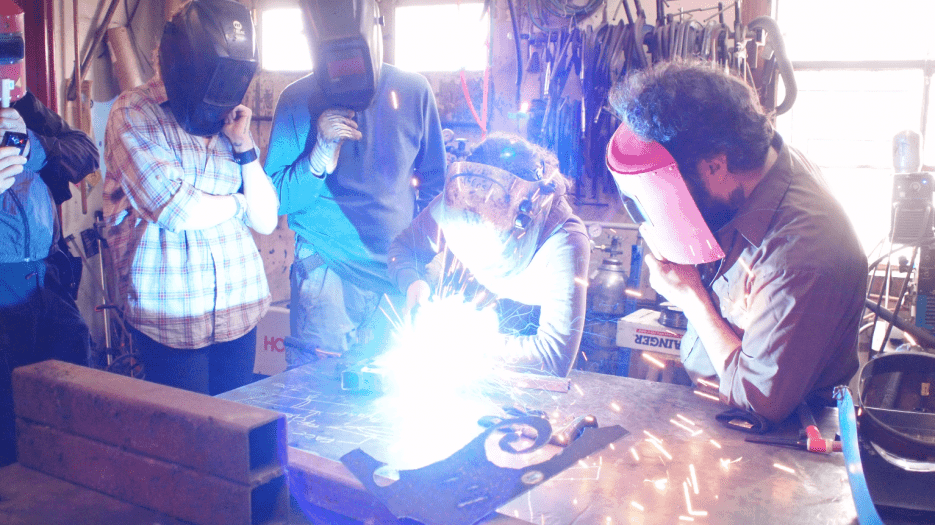This post originally appeared on American Farm Bureau Federation’s Viewpoints blog.
By Cyndie Shearing, American Farm Bureau Federation
Throughout Career and Technical Education Month this February, educators, students and the business community celebrate the value of career and technical education and the achievements of these programs across the country.
Cutting-edge, rigorous and relevant curriculum helps youth and adults prepare for a wide range of high-wage, high-skill, high-demand careers. Programs cover many different fields including: agriculture, food and natural resources; STEM; information technology; advanced manufacturing; health science; and hospitality and tourism.
Simply put, careers that touch virtually every sector of the economy are available to students who pursue career and technical education. From livestock geneticist to nuclear engineer and everything in between, career clusters and a multitude of related pathways help guide students to the career of their dreams
CTE encompasses a broad range of types of education, from classroom learning to certification programs to work-based learning opportunities outside the classroom. Closely related is FFA, the national leadership organization which makes a positive difference in the lives of students by developing their potential for premier leadership, personal growth and career success through agricultural education.
Parents considering the merits of this type of program should find it interesting that according to the Association for Career and Technical Education, high school students involved in CTE are more engaged in the classroom, perform at higher levels and graduate at higher rates.
Looking for another reason to consider this type of education? Consider this: ACTE reports that more than 80 percent of manufacturers face a talent shortage, and nearly half of talent recruiters at Fortune 1000 companies report trouble finding qualified candidates with a two-year STEM degree. Also, between now and 2024, 48 percent of all job openings will require education beyond high school but less than a four-year degree.
In addition, according to ACTE, taking one CTE class for every two academic classes minimizes the risk of students dropping out of high school. Further, the average high school graduation rate for students concentrating in CTE programs is 93 percent, compared to an average national freshman graduation rate of 80 percent. And ACTE research indicates 91 percent of high school graduates who earned two to three CTE credits enrolled in college.
But career and technical education is not just for high school students. Postsecondary coursework in career and technical education fosters degree completion, preparing both recent high school graduates and older adult learners for in-demand careers.
A strong incentive during challenging economic times is that students can attend public community and technical colleges for a fraction of the cost of tuition at other institutions: $3,520, on average, in 2016-2017.
Also of interest – research in Texas, Colorado and Virginia indicates graduates with technical or applied science associate degrees out-earn bachelor’s degree holders by $2,000 to $11,000. And 27 percent of people with less than an associate degree, including licenses and certificates, earn more than the average bachelor’s degree recipient.
Career and technical education programs are delivered in a variety of ways. At the secondary level, the program is available in comprehensive high schools, magnet schools, area CTE centers, career academies, early college high schools and other unique models. At the postsecondary level, it is most often delivered at community or technical colleges or designated centers.
CTE policy and program priorities vary by state. Learn about opportunities in your state.
Cyndie Shearing is Director, Internal Communications at the American Farm Bureau Federation.












